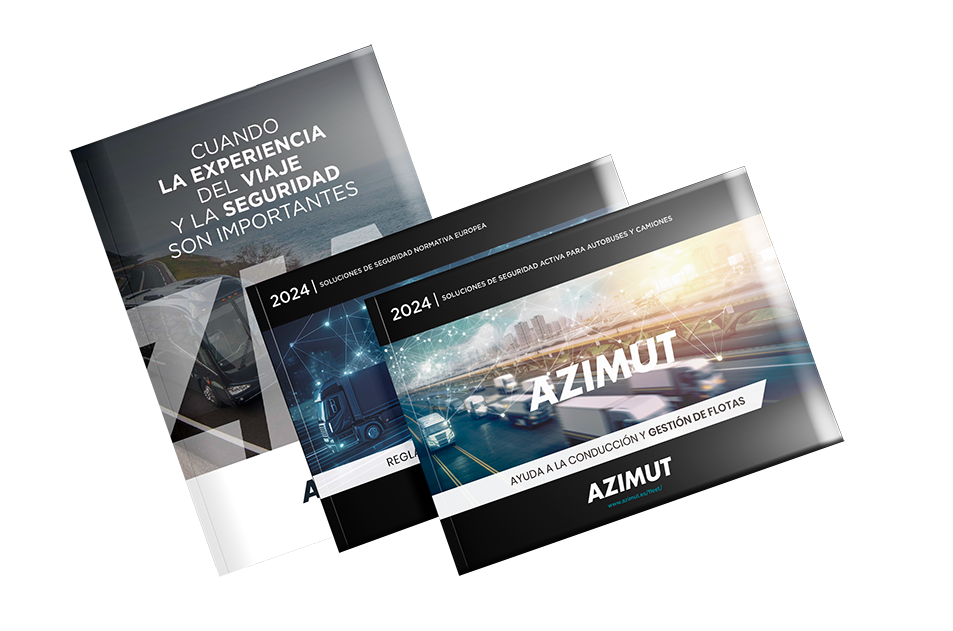Updating the contents of an Individual Entertainment System
Digital contents are, together with the system's own reliability, the two pillars on which the success of SDI is based. There's nothing more unsatisfying than sitting down and watching the same broadcast we had last week, as well as the last few months. This sensation is the same on any SDI of a coach or on any other possibility of distraction.
Therefore, we offer an update of the contents depending on our use as well as the profile of the passenger. Here are three very different cases:
- For the exclusive use (for example a football club), of people of the same age and always with the same people, we would install newsreels, short films, also contemporary music, music videos… with very frequent updating, without the need for a great variety .
• For regular use of medium and long duration, with passengers of all ages, conditions, foreigners etc. … we should install a wide variety of content, of different genres, original versions … with an average update frequency. We also need company content, to help build passenger loyalty, classified ads for new offers, links to Company sites of interest, passenger satisfaction questionnaires, etc.
• For discretionary use, with various groups who will use the coach for a few days and not use it again, we will think of a very wide variety of films and music, tourism content, surveys. The update frequency may be low, due to the low risk of a passenger in the group repeating the same trip.
Updating content can be done by different means, and we will find an SDI that has the means available to meet our needs. The most representative are:
a) For the replacement of a hard drive. For this, we must have a spare disk on which we will load the new content, and replace it on board. This is the safest and most convenient method, with 3 drawbacks:
1. requires an employee of the company to take care of this, when he really should be concentrating on the main activity of the company: the transport of passengers. On the other hand, a transport company does not generally have an employee with a profile adapted to this work, which is logical: a distributor of
Updating the contents of an Individual Entertainment System
Digital contents are, together with the system's own reliability, the two pillars on which the success of SDI is based. There's nothing more unsatisfying than sitting down and watching the same broadcast we had last week, as well as the last few months. This sensation is the same on any SDI of a coach or on any other possibility of distraction.
Therefore, we offer an update of the contents depending on our use as well as the profile of the passenger. Here are three very different cases:
- For the exclusive use (for example a football club), of people of the same age and always with the same people, we would install newsreels, short films, also contemporary music, music videos… with very frequent updating, without the need for a great variety .
• For regular use of medium and long duration, with passengers of all ages, conditions, foreigners etc. … we should install a wide variety of content, of different genres, original versions … with an average update frequency. We also need company content, to help build passenger loyalty, classified ads for new offers, links to Company sites of interest, passenger satisfaction questionnaires, etc.
• For discretionary use, with various groups who will use the coach for a few days and not use it again, we will think of a very wide variety of films and music, tourism content, surveys. The update frequency may be low, due to the low risk of a passenger in the group repeating the same trip.
Updating content can be done by different means, and we will find an SDI that has the means available to meet our needs. The most representative are:
a) For the replacement of a hard drive. For this, we must have a spare disk on which we will load the new content, and replace it on board. This is the safest and most convenient method, with 3 drawbacks:
1. requires an employee of the company to take care of this, when he really should be concentrating on the main activity of the company: the transport of passengers. On the other hand, a transport company does not generally have an employee with a profile adapted to this work, which is logical: a distributor of digital content also does not have a good person in charge of content traffic between his people!
2. In order to 100% guarantee that there will be no problems (softwares always have hidden daemons!) It is convenient to have a computer in our office to check that they are working as expected, before going up to board and realize that something is not to our liking. … But it comes at a price.
3. When the fleet is large and dispersed, there is drive swapping with administrative overhead and the difficulty of ensuring that the right content is in the right vehicle at the right time.
b) The most reliable solution that we recommend is to select a manufacturer that offers us this service regularly, that is reliable and flexible.
c) Remote updating by Wifi or 3G / 4G is the objective of the major manufacturers with prototypes planned for 2015. This allows the own transport company or a third party to manage the content directly on demand. In this case we need remote management platform ("Cloud"), from which we it will be possible to carry out the loading and monitoring of its status. The contents are updated on the day selected in the desired vehicle… in short, this avoids the company having to manage the contents directly on site.
Between the different options we will choose the one that best suits our needs, specifying that a large fleet (more than 20-25 cars) will clearly opt for option 2, while if we have a few cars with option 1 we can have a reasonable balance for its simplicity.

